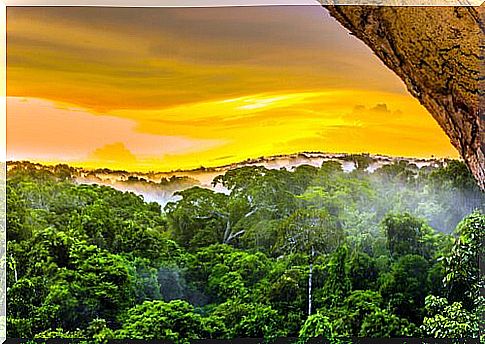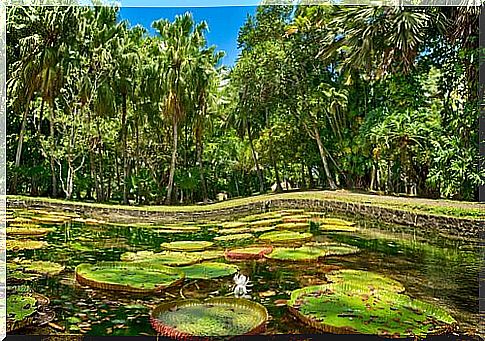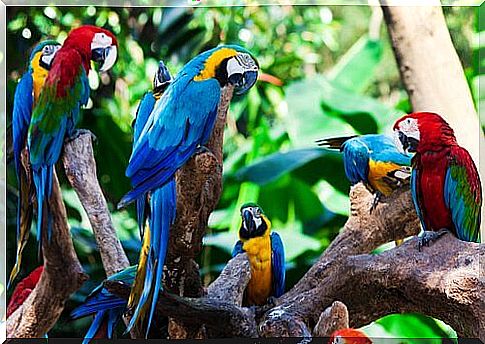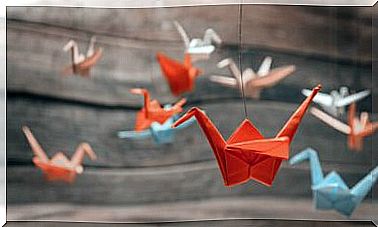Amazon Biodiversity, A River Full Of Life

The Amazon River region has one of the highest percentages of biodiversity on our planet. The Amazon River, the longest known river, has generated one of the richest and most diverse ecosystems on the planet and serves as a refuge for millions of species of animals and plants, many yet to be discovered. In this article, we will talk about the biodiversity of the Amazon River.
Amazon geography and climatology
The Amazon River was born 10 million years ago.
The evolution of the flora and fauna of the Amazon region, however, can begin to be told since the movement of the tectonic plates originated the Andes mountain range, 20 million years ago.
This is confirmed by a study prepared by the international team of the Superior Council for Scientific Research (CSIC).
The agency seeks to formulate new theories to explain the complexity and origin of the Amazon’s biological wealth.
The Amazon is defined as the vast region that includes the central and northern parts of South America and includes the rainforest of the Amazon basin. Its extension is 7 million square kilometers.

The Amazon is located in the so-called Intertropical Convergence Zone, a region where the trade winds from the northern hemisphere converge with those from the southern hemisphere.
This area marks the rainy season in Venezuela and is responsible for the tropical climate of the Amazon, characterized by abundant rainfall, humidity and high temperatures, an ideal place for life.
The biodiversity of the Amazon, beyond all expectations
It is estimated that about 60% of all species on the planet live in the Amazon rainforest and that 30% of these species are still unknown by the scientific community.
Among the millions of living things that can be found in this region, there may be 2,500 types of fish, 3,500 types of trees and 300 species of reptiles, including snakes and lizards.
According to the coordinator of Indigenous Organizations of the Amazon basin (COICA, its acronym in English), about 9% of the human population of the Amazon is still made up of 350 different indigenous ethnic groups.

However, the biodiversity of the Amazon begins to be harmed by human action. In the middle of the last century, the Amazon lost 17% of its tree cover.
The economic exploitation that causes this loss of vegetation affects the flora and fauna of the region and threatens to destabilize the dynamics of the region that many call the lung of the Earth.
The importance of the Amazon forest lies in its ability to regulate both the temperature and humidity of the environment, which are closely linked to hydrological cycles.
In the Amazon rainforest, there is a reserve of 90 to 140 billion metric tons of carbon dioxide, the release of which into the atmosphere can drastically accelerate climate change.
Every year, it releases 500 million tons of carbon dioxide, which positions the Amazon as one of the biggest climate regulators on the planet.
The biodiversity of the Amazon shrinks and will continue to decline, without the regulation of the many farms that are beginning to affect our one big lung.









